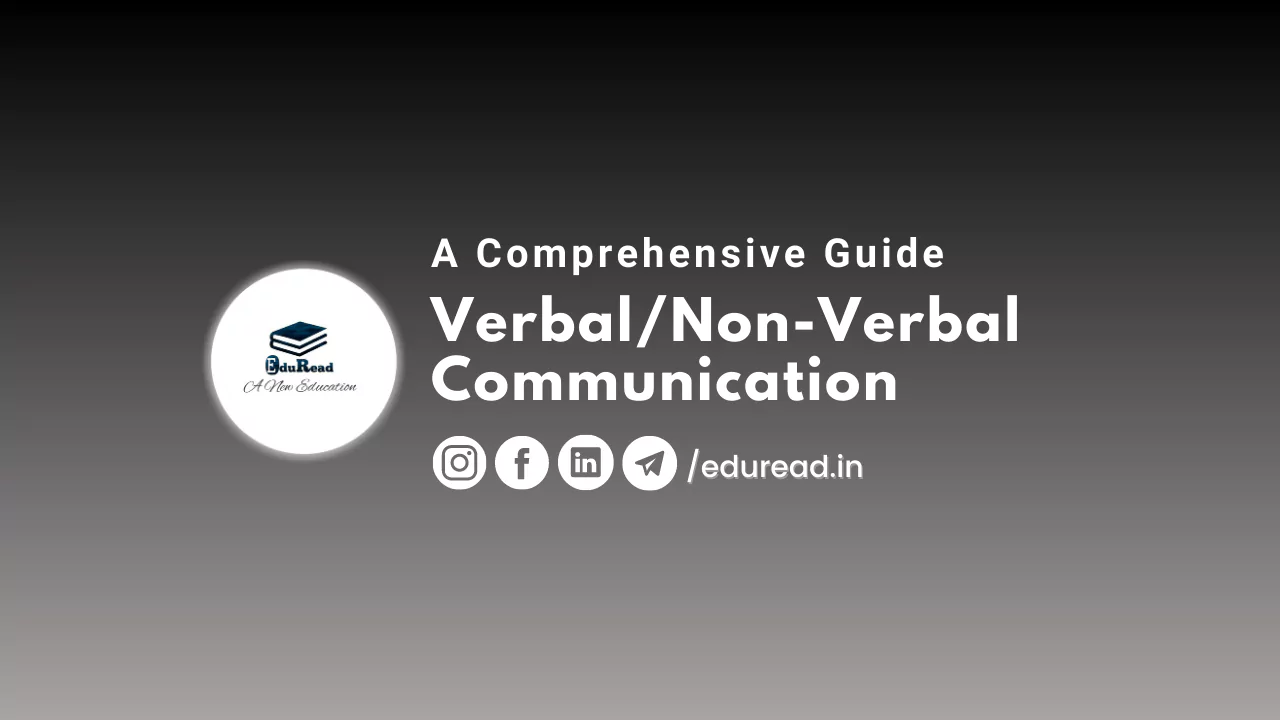Verbal & Non-Verbal Communication Skills: The Key to Effective Communication
Effective communication is the cornerstone of success in both personal and professional settings. Whether you are trying to express your ideas to your colleagues at work, persuade a client to buy your product, or simply have a meaningful conversation with a loved one, communication is crucial. However, communication is not just about speaking words. It involves both verbal and non-verbal elements, and mastering both is essential to become an effective communicator.
Verbal Communication Skills
Verbal communication skills are the ability to communicate using spoken words. It is the most common form of communication and includes the use of language, tone, pitch, and volume. Verbal communication is used in almost every aspect of our lives, from casual conversations with friends to formal presentations and speeches.
Language:
Language is the foundation of verbal communication. To communicate effectively, you need to have a good command of the language you are speaking. This includes knowing the correct grammar and vocabulary, as well as using appropriate language for your audience.
Tone:
Tone refers to the way you say something, and it can convey a lot of meaning. For example, if you say “I’m fine” in a monotone voice, it may convey that you are not really fine. Conversely, if you say it with a cheerful tone, it can indicate that you are genuinely fine.
Pitch:
Pitch refers to the highness or lowness of your voice. It can be used to convey emotions such as excitement or sadness. For example, if you speak in a high-pitched voice, it may indicate excitement, while a low-pitched voice may indicate sadness or seriousness.
Volume:
Volume refers to how loud or soft your voice is. It can be used to convey confidence or aggression. For example, speaking softly may indicate shyness or lack of confidence, while speaking loudly may indicate assertiveness or anger.
Non-Verbal Communication Skills
Non-verbal communication skills are the ability to communicate using body language, facial expressions, and gestures. It is often said that non-verbal communication can be more powerful than verbal communication, as it can convey emotions and attitudes that words cannot. Non-verbal communication is used in many situations, from job interviews to social interactions.
Body Language:
Body language refers to the way you use your body to communicate. This includes your posture, gestures, and facial expressions. For example, standing up straight and making eye contact can convey confidence and assertiveness, while slouching and avoiding eye contact can indicate shyness or lack of confidence.
Facial Expressions:
Facial expressions are a powerful tool for conveying emotions. A smile can indicate happiness or friendliness, while a frown can indicate sadness or disapproval. Other facial expressions, such as raised eyebrows or a furrowed brow, can also convey emotions such as surprise or confusion.
Gestures:
Gestures are hand movements that can be used to emphasize a point or convey a message. For example, pointing can be used to direct attention to something, while waving can be used to greet someone.
Importance of Verbal and Non-Verbal Communication Skills
Effective communication requires the use of both verbal and non-verbal communication skills. While verbal communication is important for conveying information, non-verbal communication can be used to reinforce that information and convey emotions and attitudes. In addition, mastering both verbal and non-verbal communication can help you to become a more confident and effective communicator.
For example, imagine that you are giving a presentation at work. If you use only verbal communication, you may not be able to hold your audience’s attention or convey the importance of your message. However, if you use non-verbal communication skills such as good posture, eye contact, and hand gestures, you can reinforce your message and engage with the audience.
In contrast, nonverbal communication refers to any communication that does not involve words. It can be as simple as facial expressions or body language, or it can be more complex, such as the use of symbols or art to convey a message. Some common examples of nonverbal communication include gestures, posture, eye contact, tone of voice, and facial expressions.
It is important to understand that nonverbal communication can often convey more meaning than verbal communication. For example, if someone says they are fine but their body language suggests otherwise, it is likely that they are not actually fine. This is why it is essential to pay attention to both verbal and nonverbal cues in communication.
Moreover, verbal and nonverbal communication can work together to create a powerful message. For instance, a speaker can use both their words and body language to emphasize the importance of a message or to convey a specific emotion. Conversely, conflicting verbal and nonverbal cues can create confusion or mistrust in communication.
Conclusion:
In conclusion, verbal and nonverbal communication are two essential components of effective communication skills. Both play crucial roles in conveying meaning, expressing emotions, and building relationships. Understanding the differences and similarities between verbal and nonverbal communication can help individuals communicate more effectively in both personal and professional contexts.
Follow Us for more such content to improve your speaking skills:
Check out this blog to get some tips to develop convincing speaking skills: https://eduread.in/10-tips-for-convincing-english-speaking-speak-new-york/
And visit us for more
